When can I see the northern lights? The best time to see the aurora borealis
When planning a trip to see the northern lights, timing is everything.
When planning a trip to see the northern lights, timing is everything.
Arctic landscapes change dramatically over the course of a year, from snowy scenes in the depths of winter to non-stop sunshine in summer. Your chances of seeing a spectacular northern lights display varies massively too.
So here, we share our tips on when to see the northern lights, revealing what you can expect from the Arctic and the aurora during every month of the year.
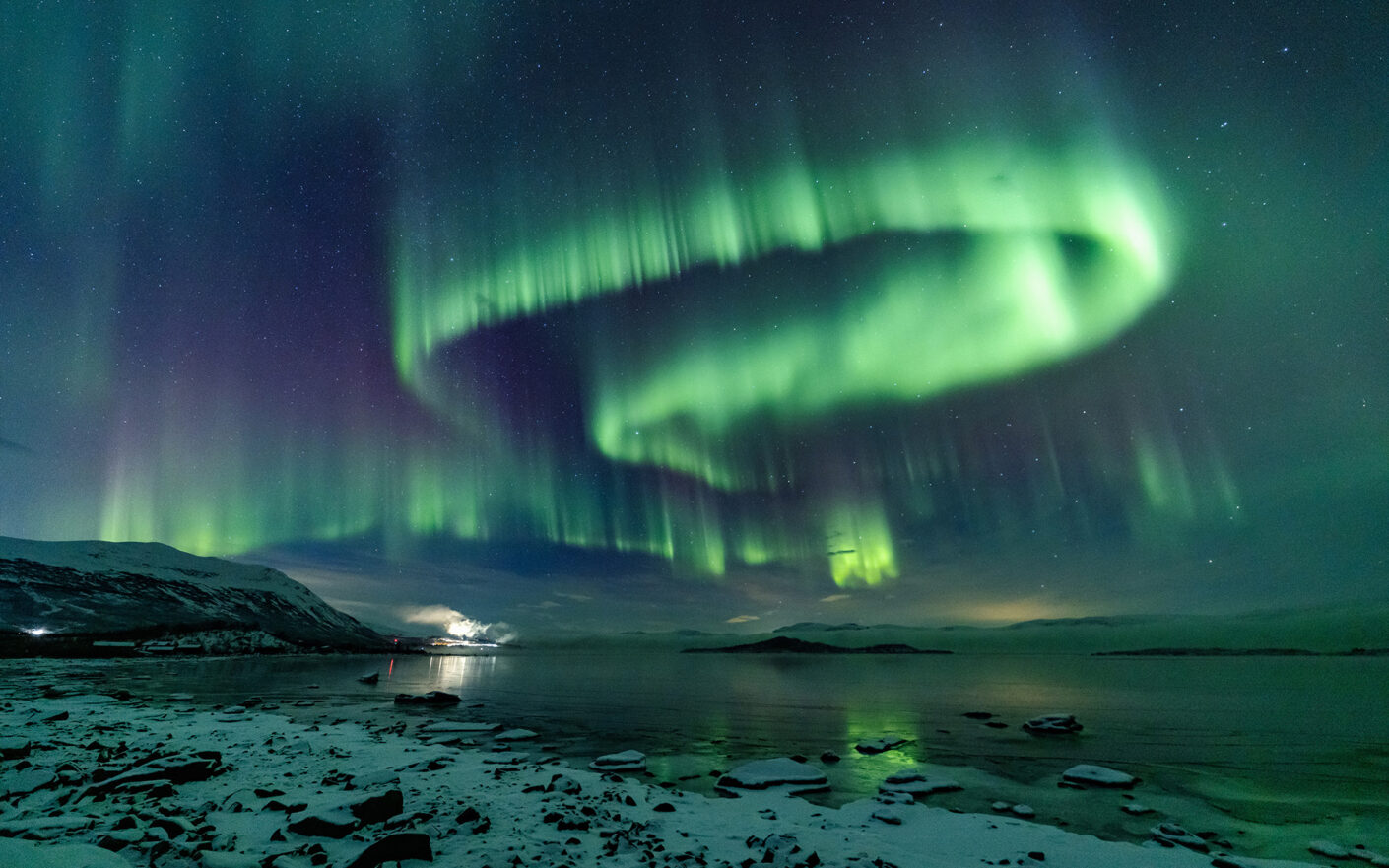
The best time to see the aurora borealis is between September and early April. This is when Arctic skies are dark enough for the dancing colours of the northern lights to be visible.
While there’s no single “best time” to see the northern lights within this window, each aurora season has its pros and cons.
For example, statistically, the days around the spring and autumn equinoxes tend to coincide with intense aurora displays. But it’s winter that brings the longest, darkest nights — which means more hours for the northern lights to make an appearance.
So how do you choose when to visit? Well, it pays to look at the solar and weather conditions, sights and activities you can expect during each month of the aurora season.

Below, you can discover the best months to see the northern lights. Each month offers its own unique aurora experience. Which will spark your Arctic wanderlust?
The best time to view the northern lights is from early autumn to mid spring. But why not summer?
The northern lights aren’t visible in summer months because the sun obscures them from view. And in regions close to the Arctic Circle, the summer sun shines for most of the day.
In fact, in some places, the sun doesn’t set at all for months at a time. This is how the region earned its nickname — The Land of the Midnight Sun.
You need dark skies to see the aurora borealis. And in the most northern reaches of the planet, this is only possible from September to early April.
Technically, as long as you have clear, dark skies — and you’re in a northerly location — you can see the northern lights at any time of night. But, according to the stats, bright aurora borealis displays are most likely to appear between 10pm and 2am.
To find out what kind of light show you can expect on any given night, keep an eye on the aurora forecast. This forecast predicts auroral activity for every three-hour period over the next three days — and it’s a really handy tool to use when planning your northern lights holiday activities.
Using the forecast, you can head outside, to areas with low light pollution and clear skies, at the time when nightly northern lights activity reaches its peak.
Timing is a big consideration when you travel in search of the northern lights. But other factors influence aurora visibility. Your chance of seeing the northern lights is influenced by the following:
There’s a lot to consider, which is why travelling with an expert aurora guide is a great idea. Your guide can track the solar and weather forecasts for you. Then, take you on exciting northern lights excursions to locations where the aurora borealis is most likely to appear.
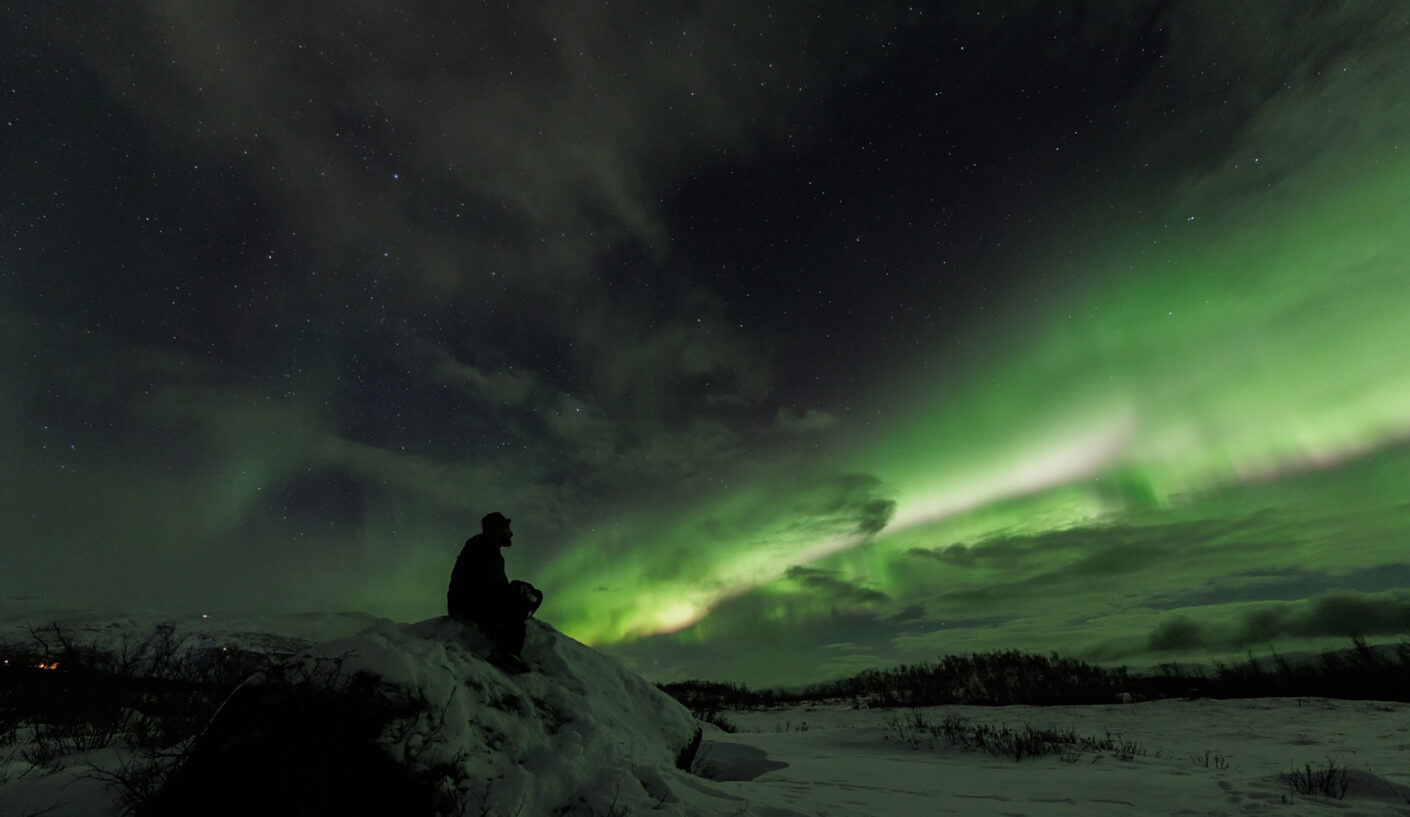
The best places to see the aurora include Finnish Lapland, Swedish Lapland, northern Norway and Iceland. These are some of the best places on Earth for northern lights sightings — and you have an excellent chance of seeing the northern lights if you travel to these regions between September and early April.
But when is the best time to see the northern lights in each of these destinations? It depends on what you have on your holiday wish list. Astounding autumn landscapes? An unforgettable road trip? A sleigh ride to see Santa Claus? Here’s a snapshot of what you can expect in each location, season by season.
The best time for the northern lights is between September and early April. But when you choose to visit the Arctic within that window is up to you.
Each aurora season has something magical and memorable to offer. From snowmobiles and sleigh rides to whale watching and fjord cruises to wilderness hikes and luxurious spa treatments.
On an Aurora Nights holiday, we help you tick off every item on your northern lights wish list. Our tailor-made aurora tours to Norway, Sweden, Finland and Iceland are built around you.
So whether you’re dreaming of a cosy log cabin stay in winter, a luxury glass igloo experience in autumn, a fun family holiday or an escorted tour, we can turn those aurora dreams into a reality.
Want some holiday inspiration? Start by browsing our most popular tours:
Then, contact the Aurora Nights team to start planning your perfect northern lights trip.
Our northern lights holidays start from £4,000 per person — including activities and excluding flights. A 6-8 night luxury aurora holiday ranges from £6,000 to £9,000 per person.

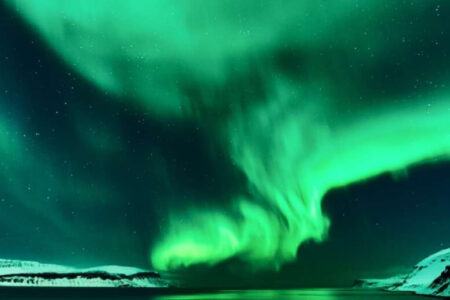
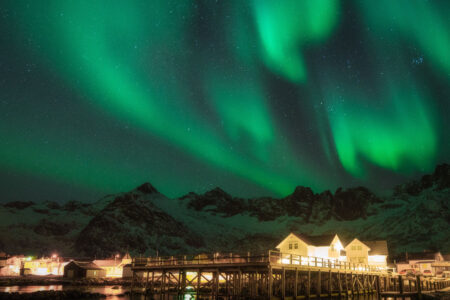

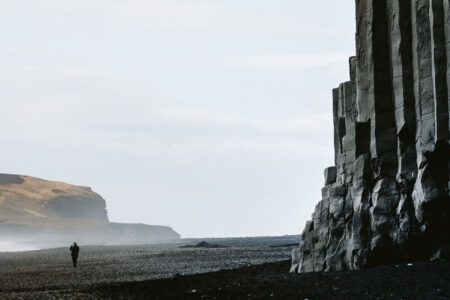
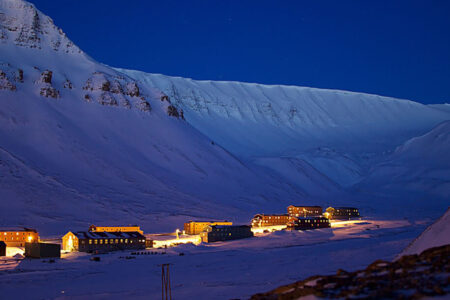
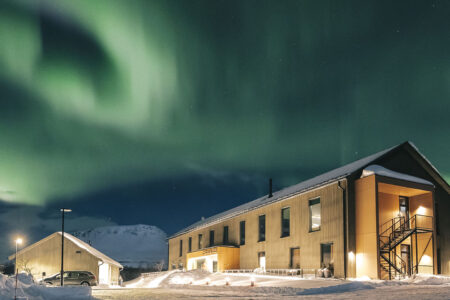
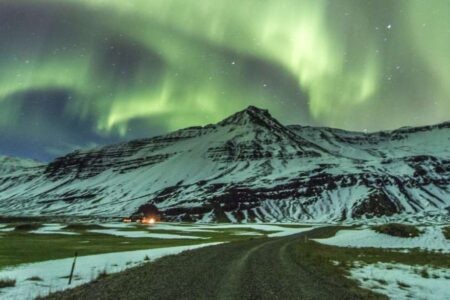
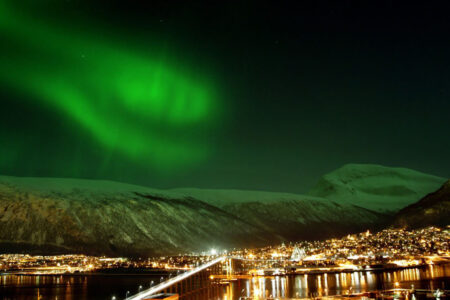
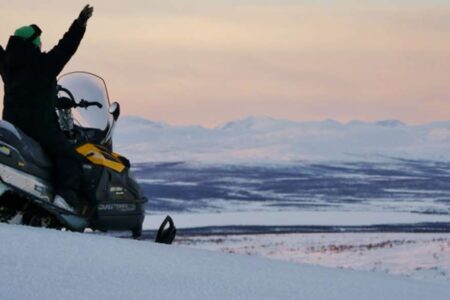
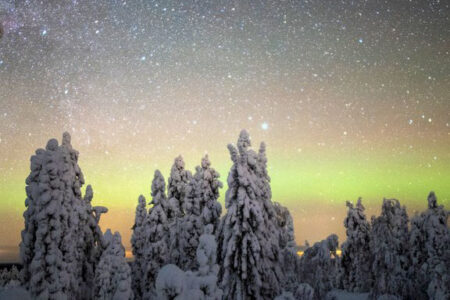
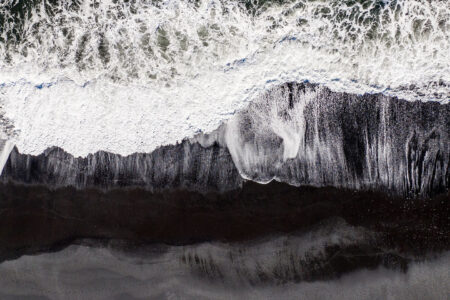
Book with Aurora Nights, the northern lights holiday experts. Tell us what’s on your wish list and we’ll plan a personalised aurora tour, just for you.